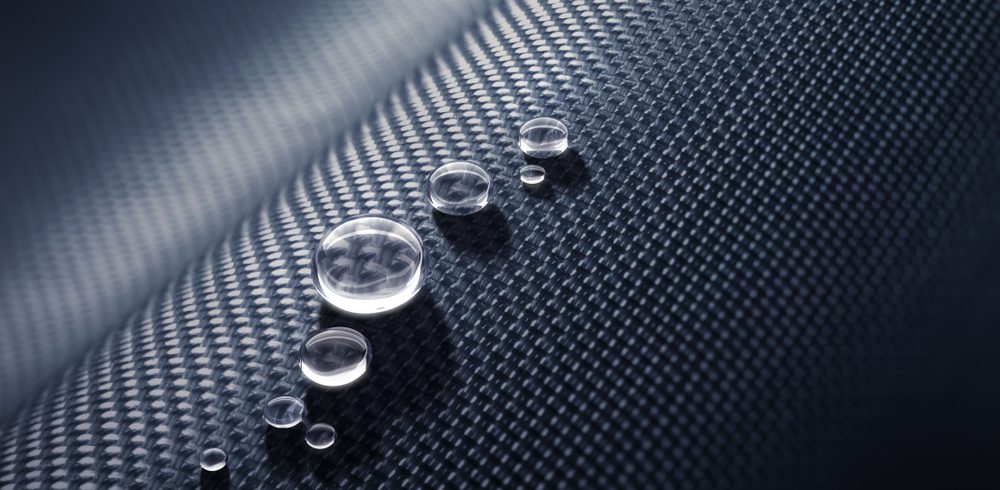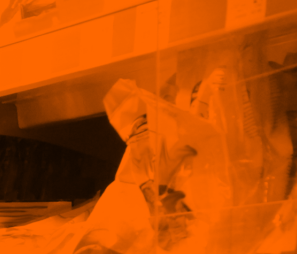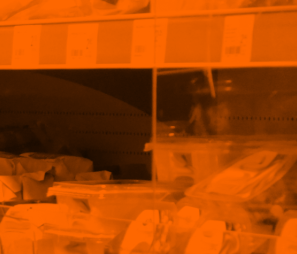Weâve all seen the mugs that react and change colour as boiling liquid is poured into them but this time it is light â rather than heat â that has proved it has the ability to transform our everyday products. Recent research has found that, in the very near future, we could be washing our clothes just by exposing them to light should pioneering, new nanotechnology come off.
Scientists at RMIT University in Melbourne, Australia are said to have designed an effective, efficient and, crucially, commercially viable way of creating fabrics featuring nanostructures that can degrade organic matter under light exposure. The engineered textiles could, as a result, eradicate dirt accumulated over time. By employing such nanotechnology within the mass textiles market, it is hoped that self-cleaning clothes could be developed â ridding themselves of spills, grime and skin particles if left under a light or outside in the sun. Whatâs more, those spending time outdoors could even benefit from the self-cleaning power during wear.
A Glimpse behind the Science
Nanostructures are too small to be visible under a microscope and, in fact, only larger than molecular structures. In this particular research by the team of Australian scientists, the metal nanostructures create what are called hot electrons under light. As the electronsâ movement is converted to energy, the nanostructures gain the ability to degrade organic matter.
Whilst its appropriation is highly novel and could spell the end of the spin cycle, the technology â copper- and silver-based nanostructures â isnât all that new. It is however the first time that nanostructures have been produced in a cost effective and efficient manner thus a potentially mainstream market for nanotechnology could be on the horizon.
Unlike previous studies which have manufactured the nanostructures and textiles separately, scientists from RMIT University found a way to meld the two together – growing the structures atop the textiles. After plunging the fabric into a number of different solutions, the material was primed for nanostructure growth and team were able to produce nanostructured textiles in less than half an hour. A handful of the nano-engineered materials were subsequently able to clean themselves in just six minutes under exposure to light â a success story by all accounts.
Following the accomplishment of the trial, the scientists will now begin testing the effectiveness of their nanostructured textiles against consumer products and common spills such as red wine, gravy or ketchup. And while leading scientist behind the technology, Dr Rajesh Ramanathan, hesitates to advise consumers to bid farewell to the washing machine, he nevertheless described the research as a strong foundation on which to build a self-cleaning future for textiles.
















